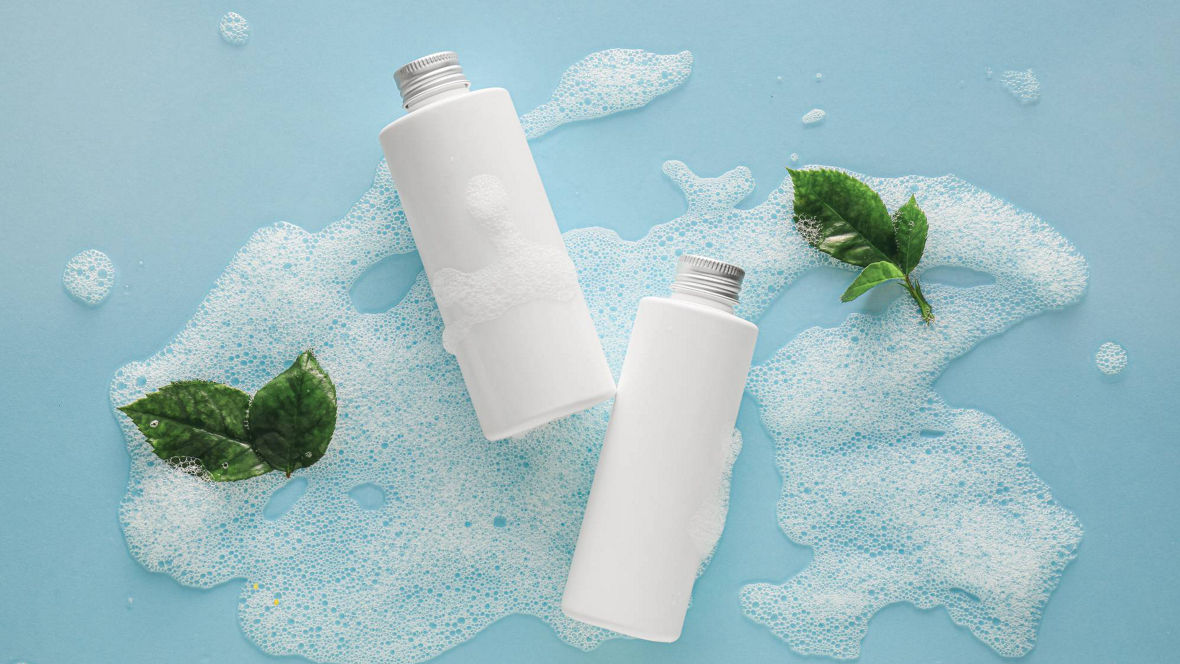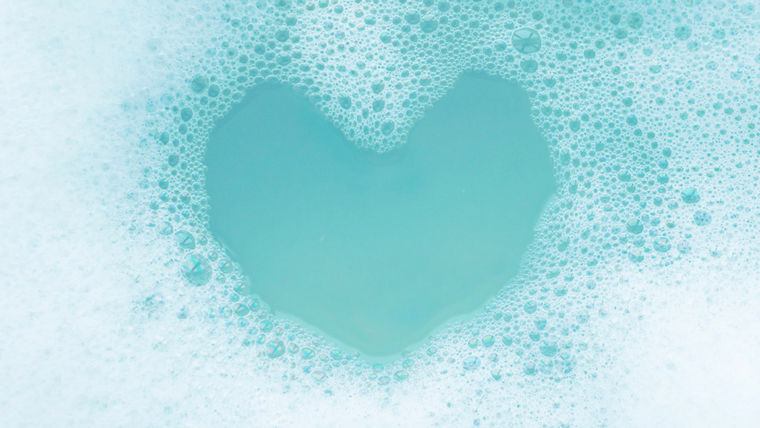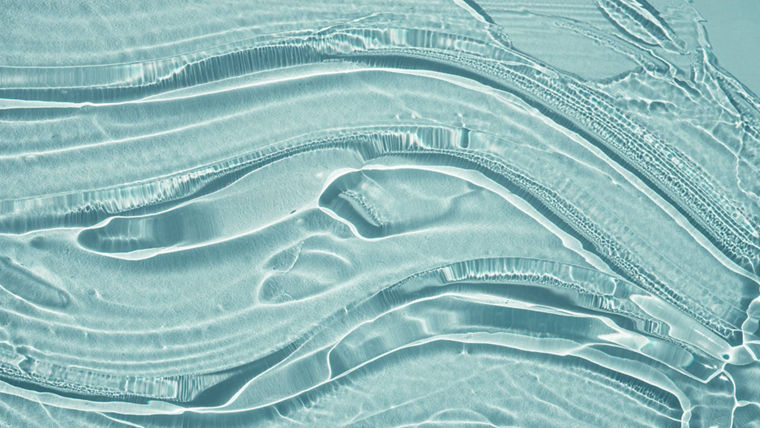Glycolipid biosurfactants represent a pioneering leap forward in the field of sustainable beauty, marking the advent of a new age in eco-friendly cosmetic ingredients. Sourced from alternative, renewable feedstocks and produced through an advanced fermentation process, these glycolipids stand as a testament to Evonik's firm commitment to sustainability and the ethical standards that customers desire.
Embrace Change, Create the Future.
The personal care industry is navigating a critical phase as consumers urgently demand solutions to environmental crises like climate change, deforestation, and aquatic toxicity. These eco-conscious individuals are actively seeking out products that reflect their values—those made from alternative, renewable feedstocks, and featuring vegan, natural, and ethical credentials.
In response, brands are increasingly investing in biotechnology, with ingredients that are vegan, natural, and derived from fermentation leading the change. These advancements offer a lower environmental impact and herald a new wave of product innovation. This shift is about more than market demand - it signifies an immediate need to forge a future where personal care is directly linked with environmental and ethical practices. Glycolipids fit perfectly into this emerging trend, offering a sustainable and ethically sound choice that aligns with the sustainability and green chemistry principles.

This website embeds YouTube videos. To load the YouTube player and view the video at this point, please first agree to the transfer of your personal data to Google. For more information, please see Evonik Privacy Policy
The benefits of biosurfactants
Glycolipids are highly valued in personal care formulations for their dual benefit of being gentle on the skin and environmentally friendly. Their natural, biodegradable nature aligns with eco-conscious branding while offering effective cleansing without harsh effects, making them an ideal choice for consumers looking for sustainable and mild products.
Evonik has developed glycolipid biosurfactants that can be used in a broad range of applications in the personal care and cleaning industry. Although they are mild, biosurfactants are able to solubilize oils and remove odors from the skin.
What are Biosurfactants?
Bio-based surfactants refer to surfactants that are based on renewable raw material feedstocks. Although the term “biosurfactants” is often used as a synonym for bio-based surfactants, it is actually a type of bio-based surfactant.
There are three separate classes of bio-based surfactants.
are made of fatty acids and alcohols that are derived from natural fats and oils. They are biodegradable, insensitive to water hardness and mild on the skin despite their powerful cleaning properties. These surfactants are produced via chemical reactions and still contain crude oil.
are plant-based but are manufactured via a chemical process. They can be derived from tropical oils and some bio-based surfactants are less gentle on the skin and show poorer performance.
are excreted by an organism during biological synthesis. This makes them one hundred percent natural surfactants. They are gentle on the skin, impervious to hard water, and have excellent cleansing and foaming properties. They are also fully biodegradable and well tolerated by aquatic organisms. Among all biosurfactants used in the cosmetic and personal care industry, glycolipids are the most widely studied and commercialized due to their multifunctional profile, biocompatibility and eco-friendliness, especially based on their physiochemical properties and biological activities.

What are surfactants?
Surfactants and biosurfactants consist of molecules that break surface tension of a liquid like water. This is why a surfactant is also known as a "surface active agent". One end of a surfactant molecule attracts water and the other end bonds with fat.
When a soiled surface is washed with water, the dirt particles attract the hydrophobic or lipophilic end, while the hydrophilic end points toward the water. These opposing forces loosen up the dirt particles and dissolve them in water: The surfactants cluster around the dirt particles and enclose them in micelles, which enables them to be easily poured out together with the wastewater. This guarantees that, with the use of surfactants, dissolved dirt can be easily washed off with water. In comparison to conventional surfactants, biosurfactants are milder on the skin and the environment because they have lower toxicity, better skin compatibility, and skin moisturizing and protective effects.
Interested in diving deeper into our world of biosurfactants? Find out how glycolipid biosurfactants are adding a new dimension to sustainable cleaning by downloading our white paper.







